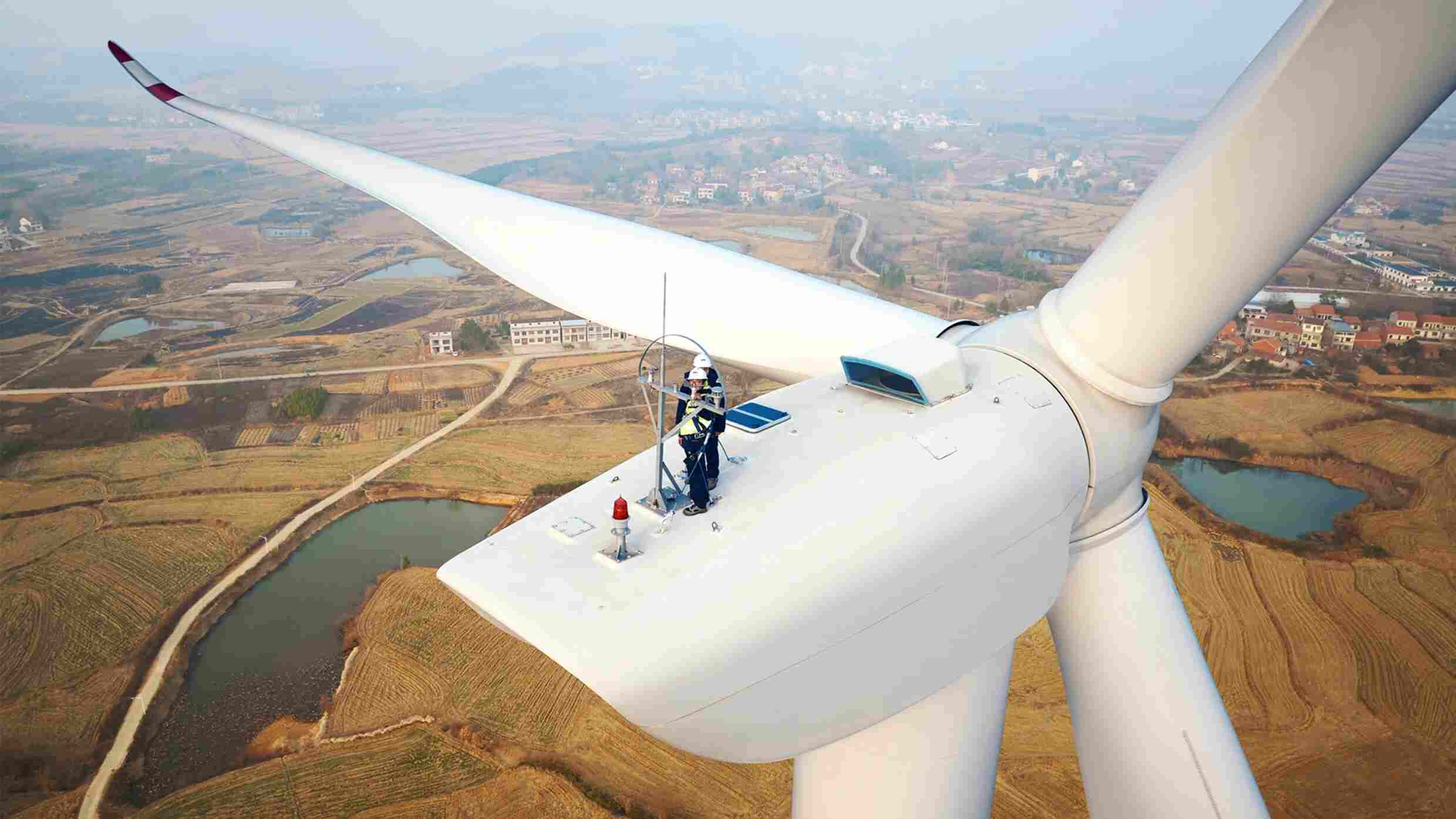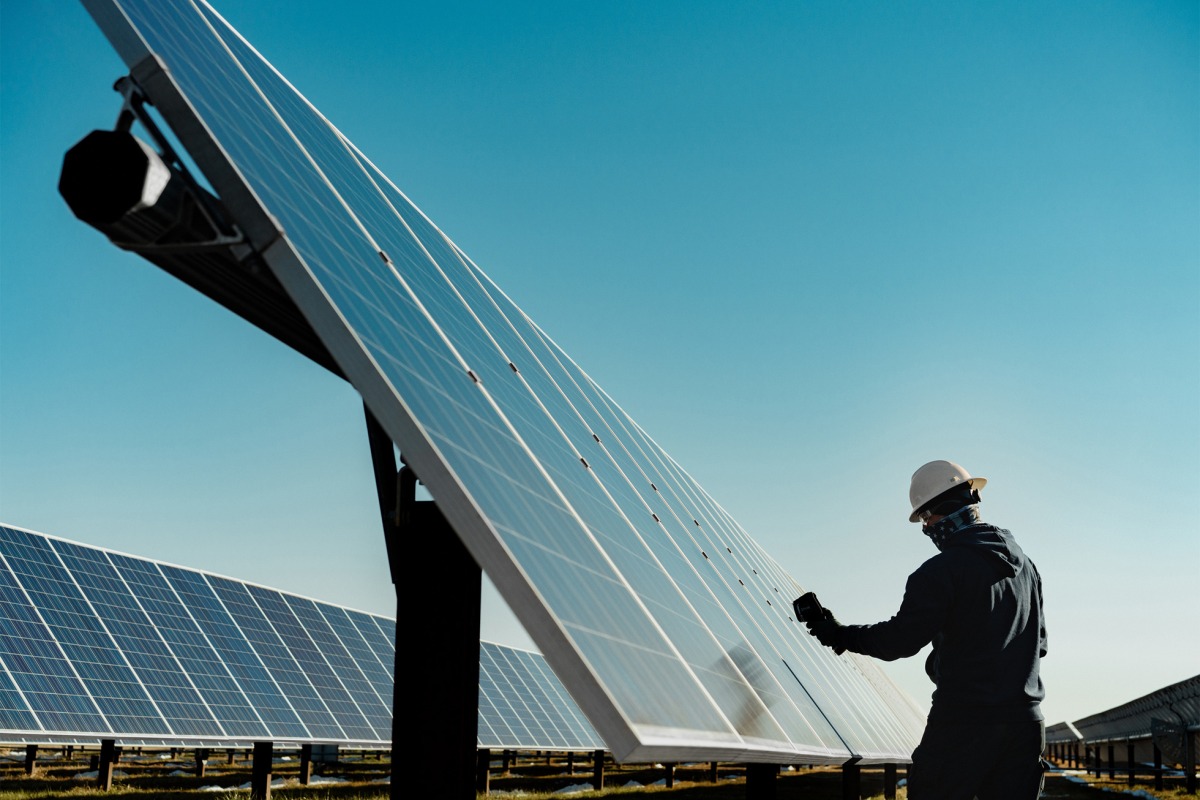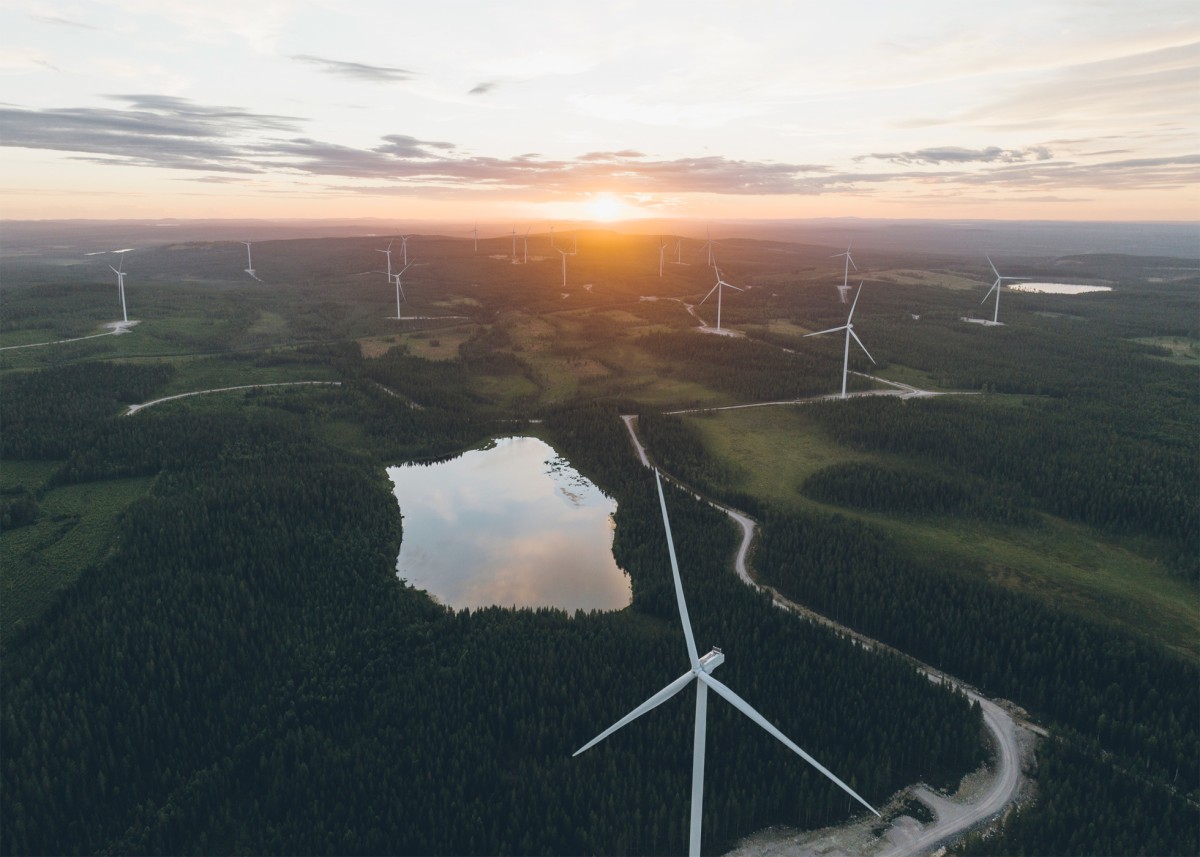- | 8:00 am
Apple got more than 300 suppliers in 28 countries to commit to clean energy. Here’s how it pulled it off
Apple itself has been powered by clean energy for the past five years. But it’s also committed to greening its entire supply chain.

Apple’s own offices, stores, and data centers have been powered by clean energy for the past five years. But the largest part of the company’s carbon footprint—by far—comes from its supply chain, so Apple has also been racing to help its suppliers make the same transition. Most brands face the same challenge. So far, more than 300 of Apple’s suppliers have contractually committed to transition to clean energy for Apple products. We talked to the tech giant about what it’s learned and how other companies can follow its lead.

1. Spell out your expectations.
By the end of the decade, Apple plans to transition its entire manufacturing supply chain to renewable energy. When it meets with suppliers, that’s the first thing it explains. “The first part that is so important is simply articulating the goal,” says Sarah Chandler, Apple’s vice president of environment and supply chain. “This is what we’re doing, this is the intention, and this is the expectation. We’ve already moved to renewable energy, and we have learned a lot in that process. We now expect them to move to renewable energy, and we are here to help.” Most suppliers are eager to work on the challenge, she says, but they don’t necessarily know where to begin.
2. Start with clean energy 101.
“A lot of times when we approach [suppliers], this is the first day that they thought about renewable energy,” says Bessma Aljarbou, Apple’s head of supplier carbon solutions. In trainings and ongoing discussions, Apple helps suppliers understand what renewable energy is and how it can be procured. The focus is to help add new renewable electricity projects to the grid. Often, suppliers begin by adding as much on-site renewable energy as possible, though when they’ve maxed out the number of solar panels on the roof, that typically only covers a small fraction of the total energy that they use. Then, through other tools like power purchase agreements, they can support new wind and solar projects in their region.
3. Partner with others on education.
Apple was early to focus on supplier education and developed training tools as it went along, but other companies don’t necessarily need to duplicate those efforts. Apple recently partnered with Nike, which has separately been training its suppliers, along with a nonprofit called the Clean Energy Buyers Institute and four other companies—Amazon, Meta, PepsiCo, and REI Coop—to create the Clean Energy Procurement Academy, which runs workshops for suppliers in Asia to help them understand how to transition.
Training, run by local experts, covers topics including the role that clean energy procurement plays in fighting climate change, how to measure emissions, how regulations are changing, how the local energy market works, and how to advocate for changes in energy policy. The academy has already held two workshops for groups of suppliers in China, and another training will happen soon in Vietnam. It’s possible for other large brands to sponsor the program and participate now. As the academy scales up, the Clean Energy Buyers Institute wants to provide access to all companies at little or no cost. That may happen by 2025. CEBI members can also access other resources to help their suppliers transition now.

4. Find internal champions.
The sustainability team at a company is usually small—but the sustainability department doesn’t need to lead the work with suppliers. “It’s all about empowering all of the people who are interacting with a supplier on a daily basis to be able to carry out this work,” says Aljarbou. The people who already have strong relationships with suppliers can encourage them and share resources on making the transition.
5. Help suppliers overcome barriers.
While it’s relatively easy to buy affordable clean energy in some markets, that’s not the case everywhere. Often, local policies need to change. “A couple of years ago, Korea had no method for a company to buy renewable energy,” Aljarbou says. “And they even limited the size of the rooftop solar that a company could put on their roof.” Both Apple and its local suppliers worked to raise awareness about the problem, and there are now four options for renewable procurement in the country, though the process can still improve to become more accessible and cost-competitive.
6. Track progress.
As its suppliers make commitments to transition to renewable energy and increase clean energy procurement, Apple runs regular on-site audits and uses an independent auditor to verify clean energy contributions. (It also encourages its suppliers to share the progress publicly.) So far, suppliers representing more than 90% of the company’s direct manufacturing spend have committed to the program. The work is a crucial piece of Apple’s goal to cut its total emissions 75% by the end of the decade, and 90% by 2050.






































